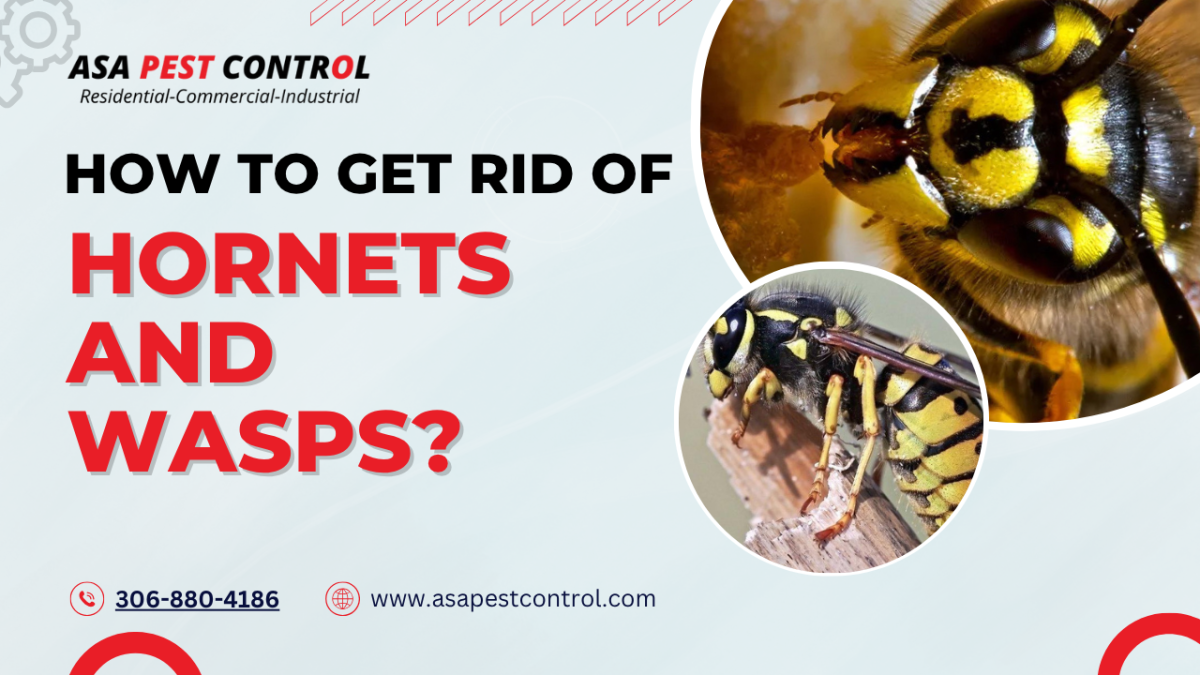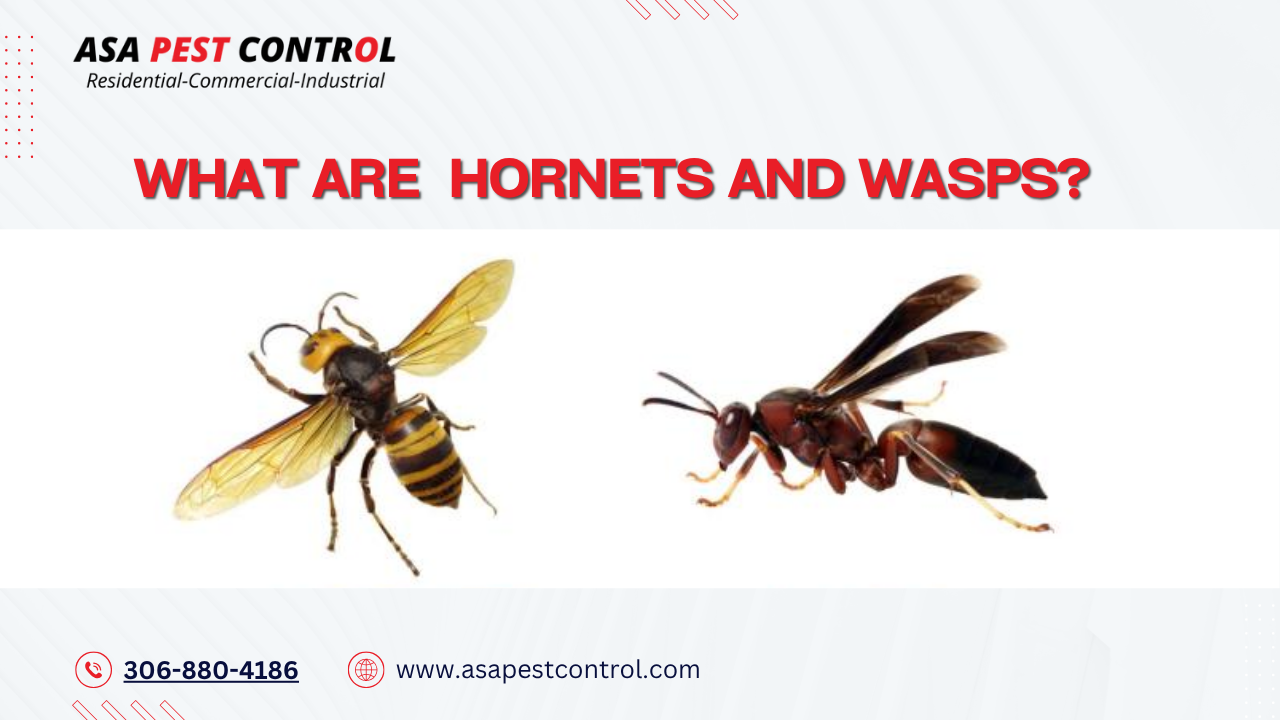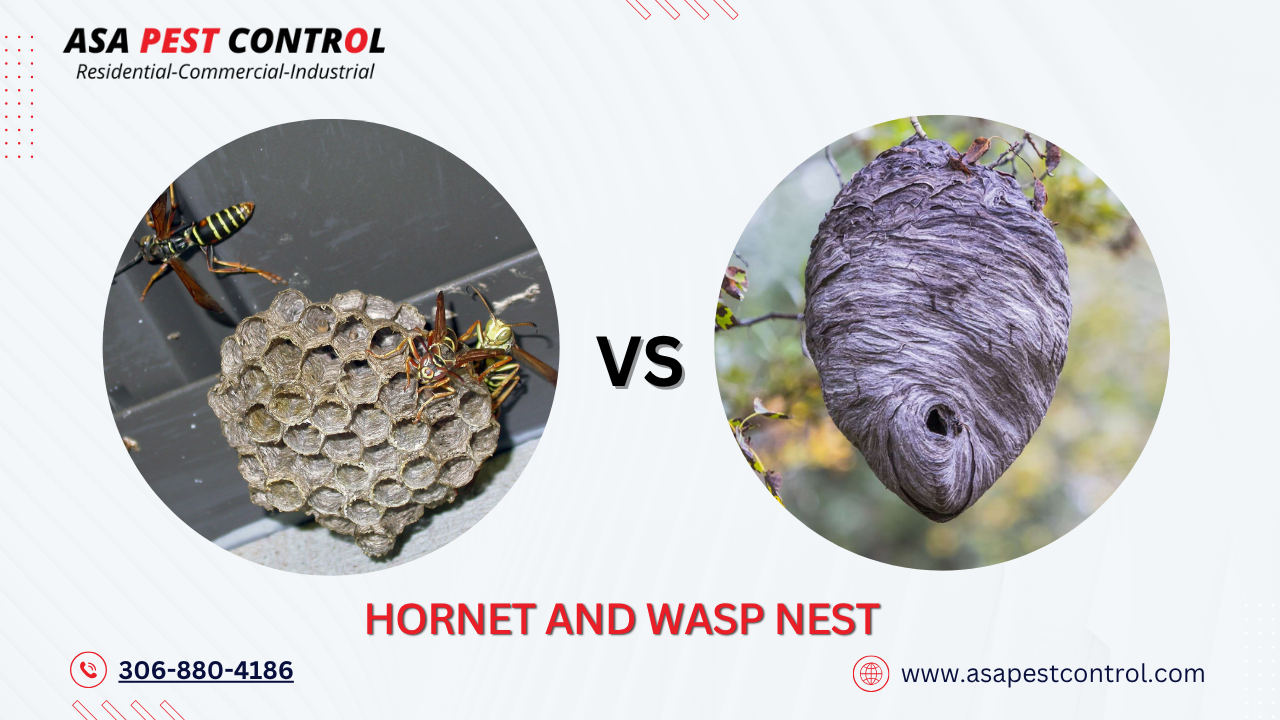
Home » Blog » How to Get Rid of Hornets and Wasps?
How to Get Rid of Hornets and Wasps?
How to Get Rid of Hornets and Wasps?
When the summer sun shines, many of us enjoy the outdoors, whether it’s having a BBQ, gardening, or simply soaking in the sun. However, there’s one unwanted guest that can ruin your outdoor fun — hornets and wasps! Not only are they a nuisance, but their painful stings can also pose a risk to those with allergies. In this comprehensive guide, we’ll cover everything you need to know about how to get rid of hornets and wasps, including effective pest control strategies, nest removal methods, and prevention tips, so you can safely enjoy your garden without the buzzing interruptions.
Understanding Hornets and Wasps – Their Behavior and Nests
Before diving into how to remove them, it’s essential to understand hornet and wasp behavior . Both of these pests are more than just annoying; they can pose a danger if provoked.
What Are Hornets and Wasps?

Hornets are a type of wasp, with two common species — European hornets and bald-faced hornets . The main difference between hornets and other wasps is their size and behavior. Hornets are usually larger and more aggressive.
Hornets build large paper-like nests in hidden, high places such as tree cavities, attic rafters, or under soffits. In contrast, smaller wasps like yellowjackets build their nests closer to the ground, often in bushes or under eaves.
Understanding the habits of hornets and wasps, and knowing where they build their nests, can help you stay safe during the warmer months when these insects are most active.
Hornet and Wasp Nests:

Both hornet nests and wasp nests are typically made from wood fibers chewed by the insects. These nests can range from the size of a baseball to a large basketball, depending on the colony’s size. A hornet nest may contain anywhere from 100 to 700 workers and 2 to 6 queens. The nest is usually teardrop-shaped and can be a serious hazard if disturbed.
Step 1: Plan Your Attack for Wasp and Hornet Nest Removal
When it comes to removing hornet nests or wasp nests , planning is crucial for your safety. Gather all necessary supplies, including a ladder, pruning shears, a garbage bag, and a light source.
Does Vinegar Kill Wasps and Hornets?
Vinegar is an effective and natural solution for repelling and killing wasps and hornets . The acetic acid in vinegar drowns and kills these insects when they come into contact with it. To use it as a repellent, mix vinegar with sugar and place it in a deep bowl or jar outside to lure and kill them. Additionally, you can spray a diluted vinegar solution around window gaps , doorways , and cracks where hornets or wasps might enter your home.
Step 2: Best Time for Nest Removal — After Sunset
Timing is everything when it comes to hornet nest removal . It’s best to handle the job after sunset when the hornets and wasps are less active. At night, these insects are slower and less aggressive, making the removal process safer.
Avoid removing nests during the daytime when the insects are more likely to defend their nests. The hornet’s sting is dangerous, and multiple stings can cause severe allergic reactions, especially for those with sensitivities.
Step 3: Keep Your Light Source Away From You
When working in low light conditions, hornets and wasps are attracted to light but can’t see clearly in the dark. To stay safe, keep the light source away from your body. This way, the insects will be drawn to the light, not you. This tactic allows you to avoid attracting them while you work on removing the nest .
Step 4: How to Remove the Nest — Bagging and Treating the Hive
One effective method to remove hornet nests is by bagging them. Using a thick garbage bag , carefully enclose the nest, ensuring it stays sealed. Once bagged, you can treat the nest by applying wasp and hornet-specific products such as knockdown sprays or dusts . These products kill the insects on contact and prevent them from escaping.
Be sure to do this at night when hornets are less active. Sealing the nest in a garbage bag ensures that no wasps or hornets can escape during the process. Once the treatment is applied, dispose of the nest safely.
Step 5: Safety First — Protect Yourself from Stings
Hornet stings can cause severe pain, swelling, and allergic reactions. Therefore, safety should be your top priority. To protect yourself, wear thick clothing, and if possible, a bee suit with a veil to shield your face and eyes. This will help you avoid getting stung while you’re working on the hornet nest or wasp nest .
If you’re unsure about handling the nest, it’s always best to call in a professional pest control service. Pest control experts are trained in handling these situations and have the necessary tools to safely remove the nest without any harm.
Step 6: When to Call the Professionals
If you’re facing a large hornet nest or wasp nest that you can’t reach or don’t feel comfortable removing yourself, don’t hesitate to call in professionals. Pest control experts have the experience and equipment to safely remove nests from areas like your attic, wall cavities, or garden. Asa Pest Control provide a great service to handle wasps in a professional way.you can check their wasp control service .
Emergency Wasp Nest Removal:
Professional services can handle emergency situations, such as wasp nests that are in hard-to-reach areas or pose an immediate risk. They can assess the situation and provide efficient, safe removal, especially if the hornet nest is in a location that’s hard for you to reach.
Preventing Wasp and Hornet Nests from Returning
Once you’ve dealt with a hornet nest or wasp nest , it’s important to take steps to prevent future infestations. Here are a few tips:
- Seal Cracks and Gaps : Close any openings around windows, doors, or the foundation of your home. This will prevent wasps and hornets from entering.
- Avoid Attracting Hornets and Wasps : Remove fallen fruit, seal garbage bins tightly, and keep pet food indoors.
- Plant Wasp-Repellent Plants : Mint, eucalyptus , and citronella are known to repel wasps and hornets . These plants can make your garden less attractive to these pests.
- Install Wasp Traps : DIY wasp traps are great for catching individual wasps before they become a problem. Use sugar water or fruit juice to lure them into a trap.
Hornet and Wasp Nest Biology – A Deeper Dive
Understanding hornet biology and wasp nest construction can help you identify potential issues early on. A hornet nest is typically paper-like and can grow quite large, with some nests reaching the size of a soccer ball . Hornet nests contain a mixture of workers (non-breeding females) and reproductive females (queens).
Discover the key differences between hornets and wasps — it’s more than just a sting!
Dive into our blog to learn how to identify, avoid, and handle these buzzing insects.
What Does a Hornet Nest Look Like?
A hornet nest is typically teardrop-shaped and made from chewed wood fibers. These nests are most often found in high , concealed places like tree cavities, soffits, or attics. They can grow larger with each successive year, with multiple queens laying eggs in a single nest.
Final Thoughts – Keep Your Home Safe from Hornets and Wasps
Dealing with hornets and wasps doesn’t have to be a nightmare. By following the steps above, including using vinegar , soapy water , or DIY wasp traps , you can keep your home safe. If things get too complicated or dangerous, don’t hesitate to call in pest control experts who can safely remove hornet nests and wasp nests for you.
Take control of your outdoor spaces and enjoy the summer months without the buzz of hornets and wasps . With the right preparation, safety measures, and knowledge of hornet behavior , you can eliminate these pests from your garden and keep them away for good.
Get in Touch



Frequently Asked Questions (FAQ)
-
What kills wasps and hornets instantly?
Wasp and hornet sprays kill on contact and work instantly. -
Is vinegar effective for wasps and hornets?
Yes, vinegar mixed with sugar lures and kills them naturally. -
When is the best time to remove a wasp nest?
After sunset, when wasps and hornets are less active. -
How can I prevent hornets from returning?
Seal entry points and use repellent plants like mint or citronella. -
Should I call pest control for hornets?
Yes, especially for large or hard-to-reach nests.

